Electromagnetics Blog Posts
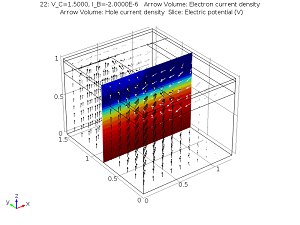
How to Perform a 3D Analysis of a Semiconductor Device
Open for a comprehensive introduction to performing 3D analyses of semiconductor devices in COMSOL Multiphysics®. We demonstrate with a bipolar transistor example.
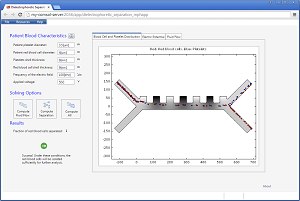
Dielectrophoretic Separation
Dielectrophoresis is a phenomenon in which an electric field is used to control the movement of electrically neutral particles. Learn about how to model this effect in both DC and AC fields.

Improving the Power of Optical Systems via Component Design
Adaptive optics are used to improve the power of optical systems — beyond the obstacles imposed by the optical medium. See examples and learn how to model adaptive optics systems.
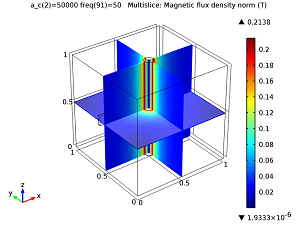
Magnetic Damping of a Vibrating Cantilever Beam
We discuss modeling a cantilever beam in a magnetic field. The beam has some structural excitation at the free end, which vibrates it at a constant frequency. Get details in this blog post.
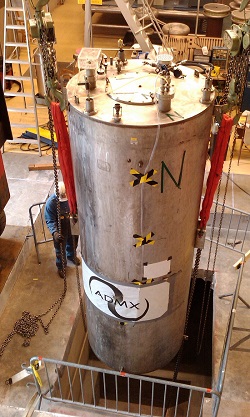
Detecting Dark Matter Axions with a Microwave Cavity
The Axion Dark Matter eXperiment (ADMX) uses a microwave cavity in an attempt to detect dark matter axions. Learn more about this project and how simulation can be applied to it.

Analyzing Capacitive Touchscreens in Consumer Electronics
Most of us use multiple touchscreen devices throughout the day, from our smartphones to the ATM. Learn how to use electromagnetics modeling to study capacitive effects in these devices.
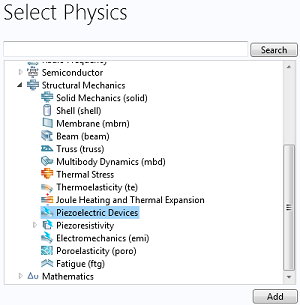
New Piezoelectric Modeling Interface in COMSOL 5.0
As of version 5.0 of COMSOL Multiphysics®, there is a new interface for simulating piezoelectric devices; it has predefined features that make it easy to set up and run a piezoelectric model.

Ray Tracing in Monochromators and Spectrometers
Spectrometers are optical devices that measure some property of radiation as a function of its frequency, while monochromators transmit radiation of a specific frequency.
